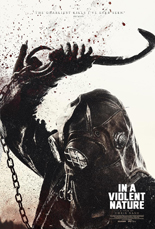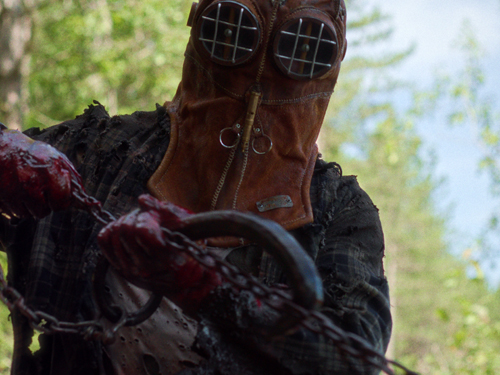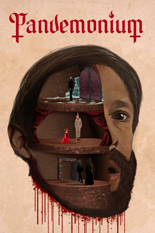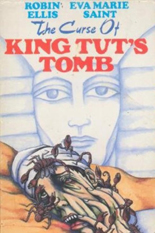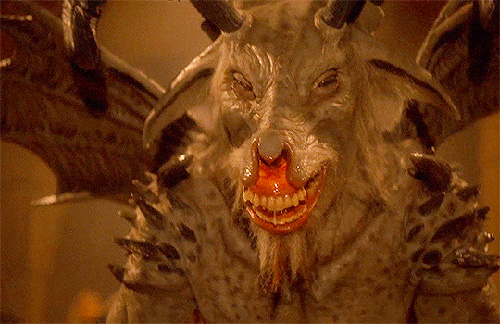
Looking like Oscar the Grouch made from your Memaw’s discarded fur coat, an alien named Chuck lands in the backyard of the Howie Jankins family. Chuck’s made this pilgrimage to save the human race because he says Earth is up for auction to the highest celestial bidder. He simply needs to swap bodies with Howie (Chillerama’s Ward Roberts, dressed in full Bespoke Church Bro mode) for a couple of hours to secure the planet.
Simple, right? Not when Chuck’s also being pursued by a dreadlocked conspiracy theorist/influencer (Sarah Lassez, The Clown at Midnight), a religious nut from animal control (Jeremiah Birkett, CB4) and two nitwit intergalactic bounty hunters (Office Space’s Richard Riehle and The Mortuary Collection’s Mike C. Nelson) in — wait for it — Hawaiian shirts! Ho-ho, let the wackiness begin!
Despite its kid-unfriendly title, Invaders from Proxima B is a family-friendly sci-fi comedy, what with its cartoon sequences, ninja lizards and the ALF-esque Chuck. As Proxima’s writer and director, Roberts overloads his passion project with lowest-hanging-fruit jokes on farts, poop and Howie’s wife (Samantha Sloyan, 2016’s Hush) having boobs. I don’t mean to imply the movie is offensive; it’s not.
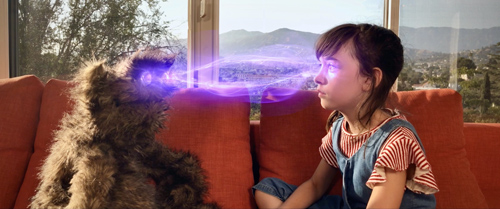
But it is strikingly unfunny. Like the puppet at its hollow center, Invaders bares no teeth. While its attempt at satirizing YouTubers suggests an intended bite, the overall comedic vibe is physical and slapstick. When Chuck and Howie swap bodies, Roberts’ worst impulses to manifest Jim Carrey circa 1994 are not only realized, but cringe-inducing.
Rugrats might be more open to such silliness, as well as the effects and action — well-staged, if a bit too Sam Raimi-cribbed. However, children also may be confused trying to keep track of all the swapping, as everybody trades bodies with everybody else. It’s like the movie’s grooming youngsters for key parties.
That last line’s a joke, to be clear. But this is not: In terms of enjoyment, I expected Proxima B to at least surpass Nukie. That shouldn’t be so much to ask. —Rod Lott


